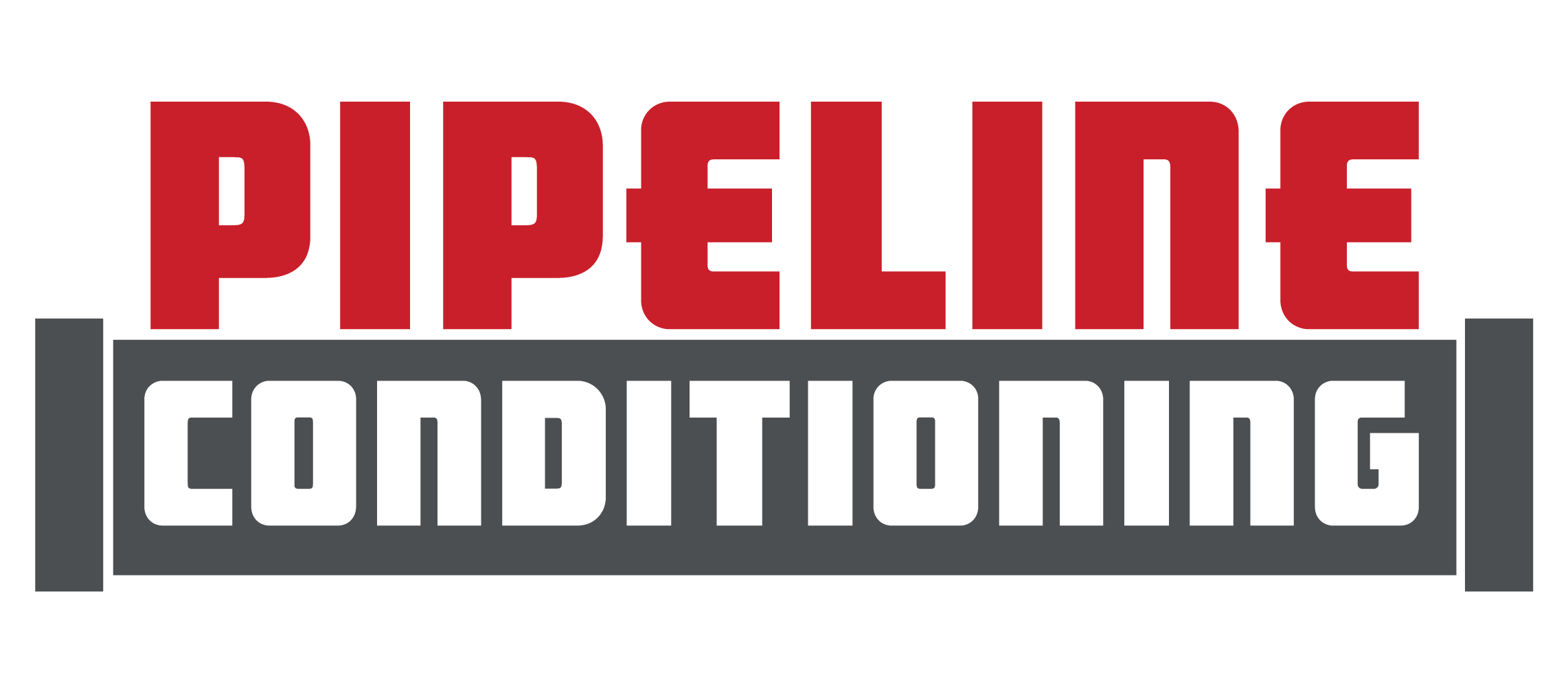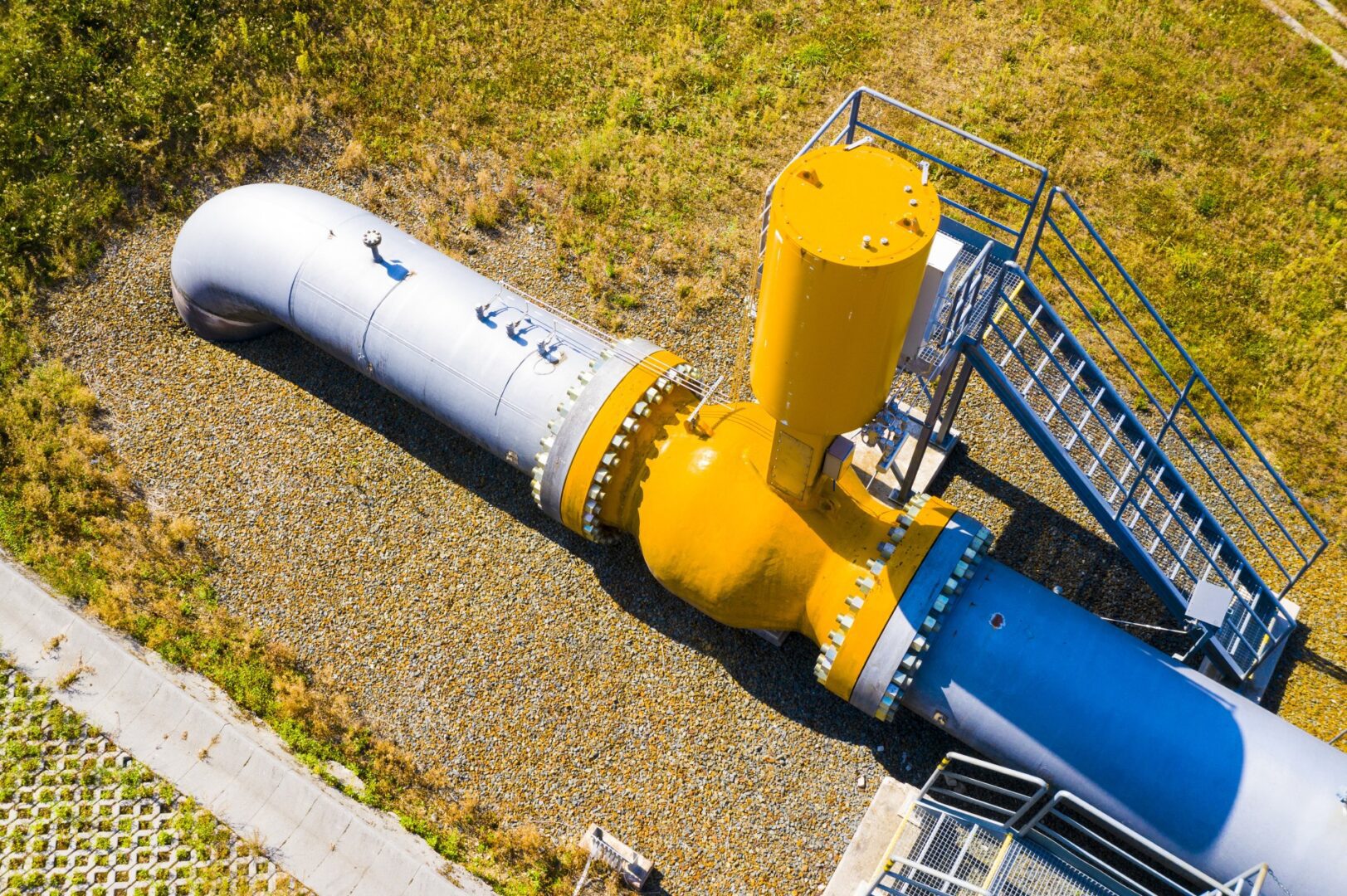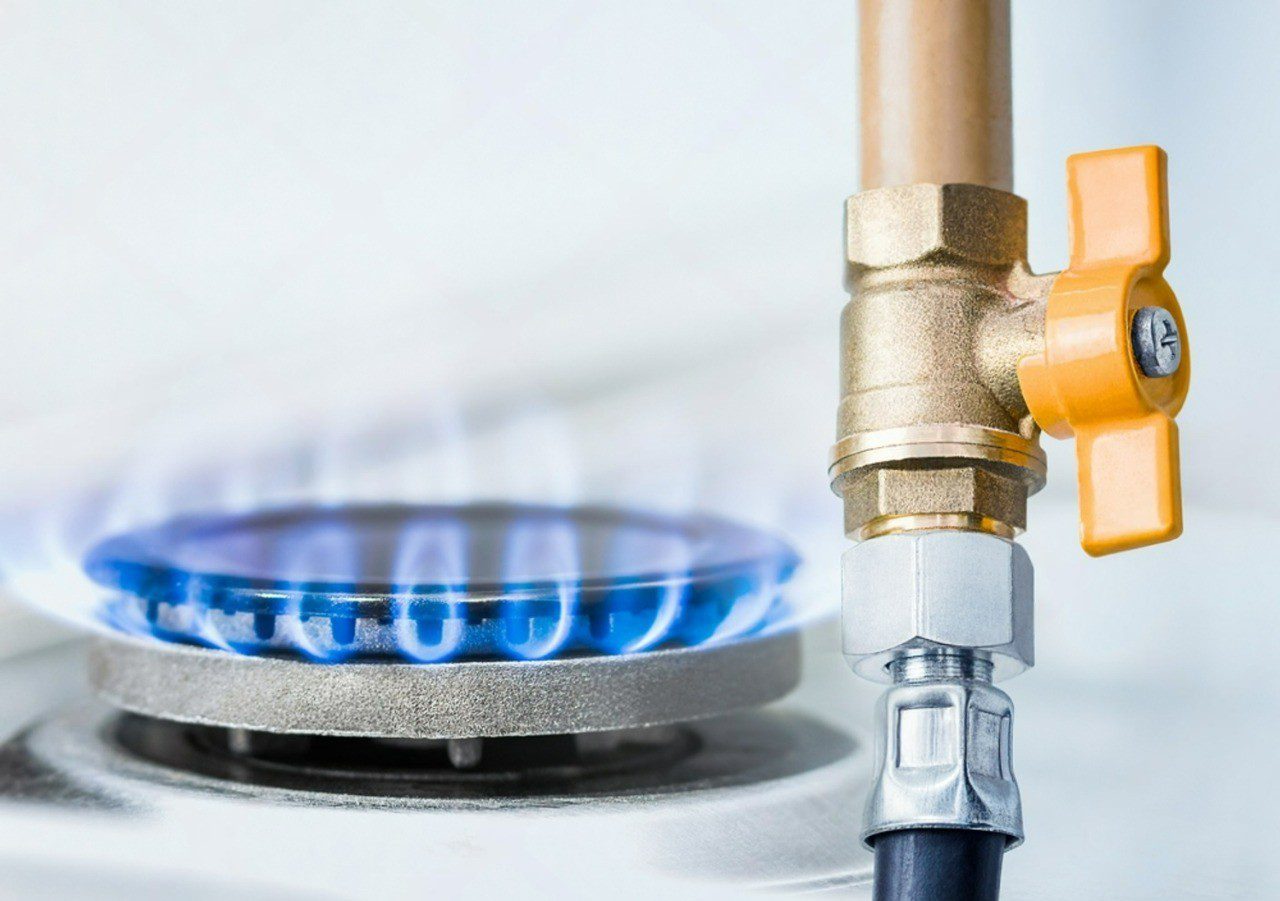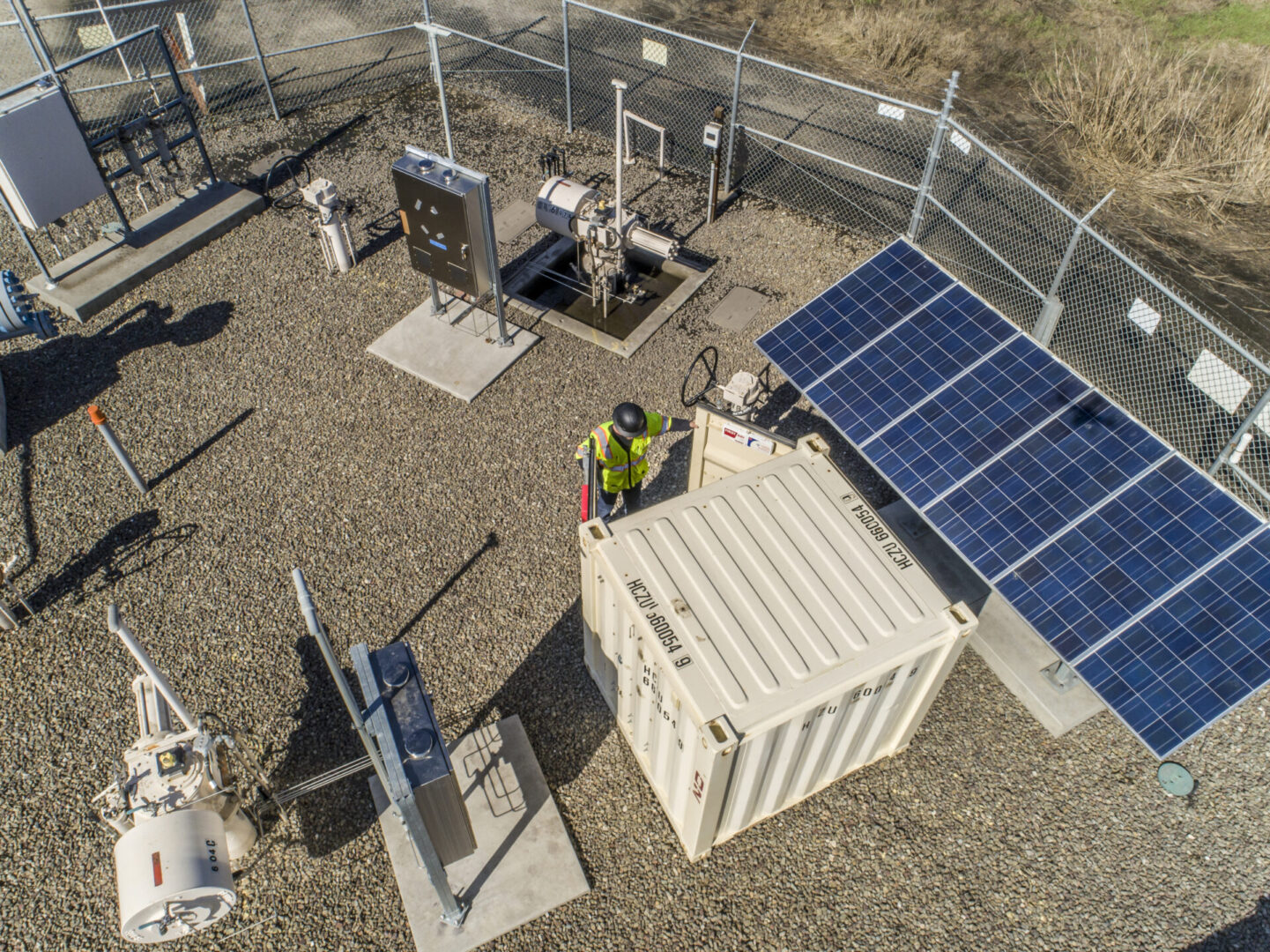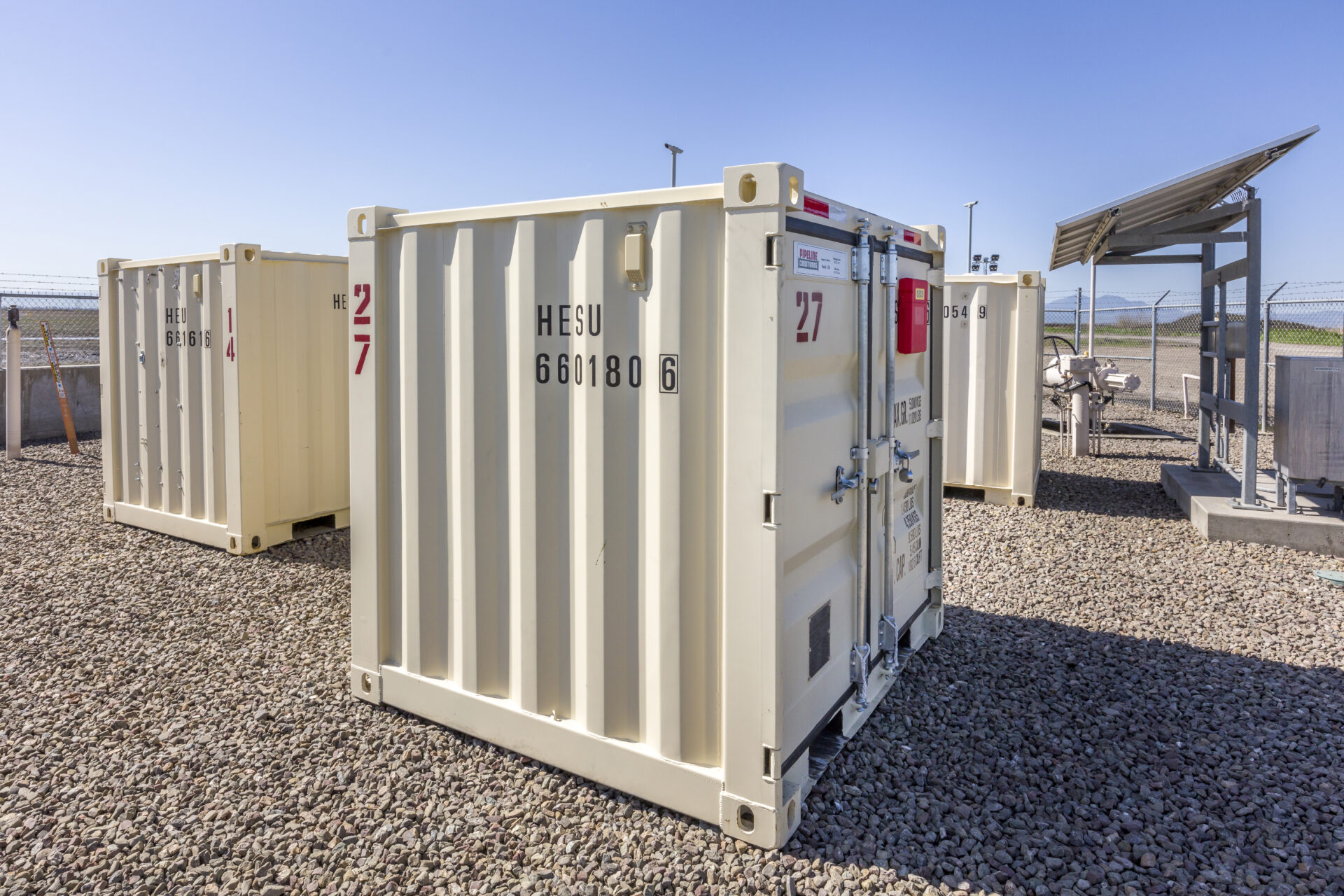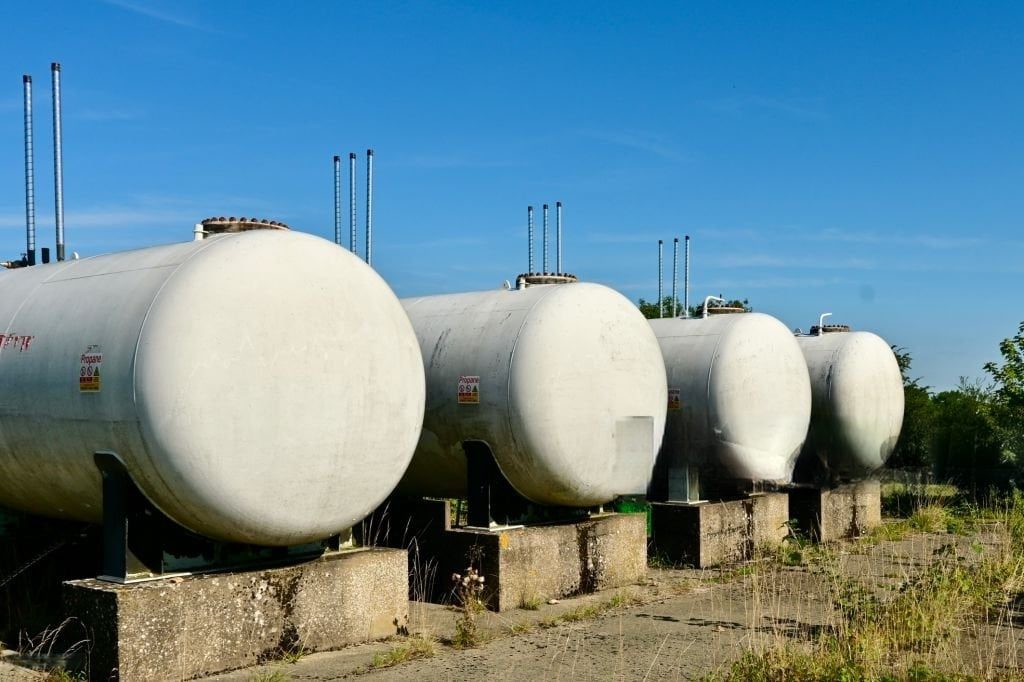
Regulatory Compliance in Pipeline Odorization: What Operators Need to Know
Understanding and Meeting Regulatory Standards to Ensure Safe and Effective Pipeline Odorization
In the natural gas industry, safety comes first, and odorization is a significant method for the protection of people, property, and the environment. It is mandatory for the operators to adhere to federal regulations that require them to odorize natural gas properly, making leaks detectable, and minimizing the risk of accidents. Non-compliance with these standards can lead to severe consequences like monetary penalties, and plant closures, and in some cases, can even result in catastrophic safety incidents.
In this blog, we’ll discuss the main regulations regarding pipeline odorization, the reasons compliance is important, and the ways in which operators can stay in the forefront through the use of the right instruments and strategies.
What Does Pipeline Odorization Mean?
Odorization is the introduction of a chemical that gives the natural gas a unique scent, for instance, mercaptan, which is commonly likened to the smell of rotten eggs. This makes it possible for the olfactory system of normal individuals to easily detect the gases, even when they are at very low concentrations.
Key Regulations for Pipeline Odorization
Odorization of pipelines is directed by both federal and local laws of which the foremost reference is the 49 CFR § 192.625 under the Pipeline and Hazardous Materials Safety Administration (PHMSA). Here are the main provisions which operators should know:
Detectability Standard
Gas with an odor must be detectable in the air at a concentration of one-fifth of the lower explosive limit (LEL). This clause ensures the leaks are detected well in time before becoming hazardous.
Scope of Applicability
Odorization is required for all distribution pipelines and a large number of transmission pipelines that are associated with the transportation of natural gas. Exceptions may apply to pipelines in remote areas where detection by smell is deemed unnecessary.
Monitoring and Testing
Operators are required to carry out the periodic tests confirming that the gas is odorized at the proper rates. Methods or measures used for testing the gas ought to be capable of identifying compliance with the detectability standard.
Documentation and Recordkeeping
Operators are obliged to maintain all the records related to odorant injection rates, test results, and maintenance activities in a detailed manner so that they can provide the information needed during the inspection.
Emergency Preparedness
The regulations also point out the importance of having specific, well-documented processes for the case of leaks by operators to handle such breaches effectively with all necessary precautions in place.
The Risks of Non-Compliance
Failing to follow the regulations and standards for odorization with the proper odorant may lead to dire consequences, including:
Fines and Penalties
Non-compliance with the regulations usually results in quite a high amount of financial penalties, causing an increase in operational expenses and damaging the company’s position in the market.
Operational Shutdowns
The competent authority can impose restrictions on pipeline operations until the compliance conditions are reinstated which will result in losses of time and money.
Safety Hazards
Insufficient odorization makes it more difficult to detect the gas leaks that are not visible, which may in turn lead to accidents, destruction of property, and health issues to nearby communities. Inversely, over odorization can lead to headaches, nausea, dizziness, and, in severe cases, loss of consciousness on top of possible false leak calls leading to waste of resources and time.
Reputation Damage
Breakdowns in adherence to the law can lead to a loss of trust by the regulators, customers, and the public, which will consequently have a detrimental effect on the long-term success of the company.
How to Ensure Compliance
Achieving compliance with health & safety law provisions on pipeline odorization requires an upfront approach supplemented by thorough documentation. Operators can take the following steps to ensure the requirements are met:
Install Reliable Odorization Systems
Apply the latest odorant injection system technology for the distribution of precise, accurate, and consistent odorant levels throughout the pipeline.
Implement Real-Time Monitoring
Utilizing tools that provide continuous monitoring can help to quickly identify changes in odorant levels and allow for any further adjustments needed to stay compliant.
Conduct Regular Testing
Use periodic odorant testing at different points along the pipeline to ensure compliance with the detectable standards.
Train Your Team
Well-equipped staff with proper training on odorization best practices, equipment maintenance, and regulatory compliance will be an added advantage.
Partner with Experts
Outsourcing your needs to an experienced and dependable partner such as Pipeline Conditioning would ensure the systems you ask for are built up, taken good care of, and properly monitored to either achieve or surpass the standards set by regulations.
Myths and Truths About Odorization
Odorization is one of the most important safeguards in the natural gas industry, but it is also one of the most misunderstood. We hear the…
From Pipeline to Stove: The Journey of Safe Gas
Every October, Natural Gas Week gives us a chance to step back and appreciate one of the most important energy sources in our daily lives.…
The Real Cost of False Leak Calls
When it comes to odorization, one of the most common mistakes we see is over-odorization. Some contractors think adding a little extra odorant “just to…
The Benefits of Partnering with a Specialized Odorization Service Provider
Expert Solutions for Safety, Compliance, and Operational Efficiency When trying to ensure the safety of natural gas pipelines, odorization is the topmost priority. The addition…
Job Safety Best Practices: Staying Safe in Extreme Heat
As temperatures climb, so does the risk of heat-related illness on pipeline projects. Whether you’re operating a valve trailer in West Texas or overseeing a…
The Importance of Pipeline Pickling for Residential Buildings: Keeping Urban Living Safe
Protecting High-Rise Residents with Proper Pipeline Conditioning and Odorization From the luxury apartments of Manhattan to the sleek towers of Los Angeles and Chicago, high-rise…
Steel vs. PE Pipes: Evaluating Costs and Material Selection for Natural Gas Pipelines
Selecting the appropriate material for natural gas pipelines is a critical decision that impacts both initial investment and long-term operational efficiency. Steel and polyethylene (PE)…
From Frustration to Foundation: How One Engineer’s Mission Became Pipeline Conditioning
From Frustration to Foundation: How One Engineer’s Mission Became Pipeline Conditioning In an industry where too many things are done out of habit, Pipeline Conditioning…
Temporary Odorization and Why Doing It Yourself Might Just Be Costly
The Hidden Costs of DIY Odorization: Why Expert Solutions Save Time, Money, and Risk Quick problem-solving is everything in the natural gas world, especially when…
Decommissioning an Odorization Station: Best Practices for a Smooth Transition
Ensuring Safety and Efficiency When Retiring Critical Infrastructure Odorization stations play a crucial role in the safety of natural gas by adding an odorant that…
